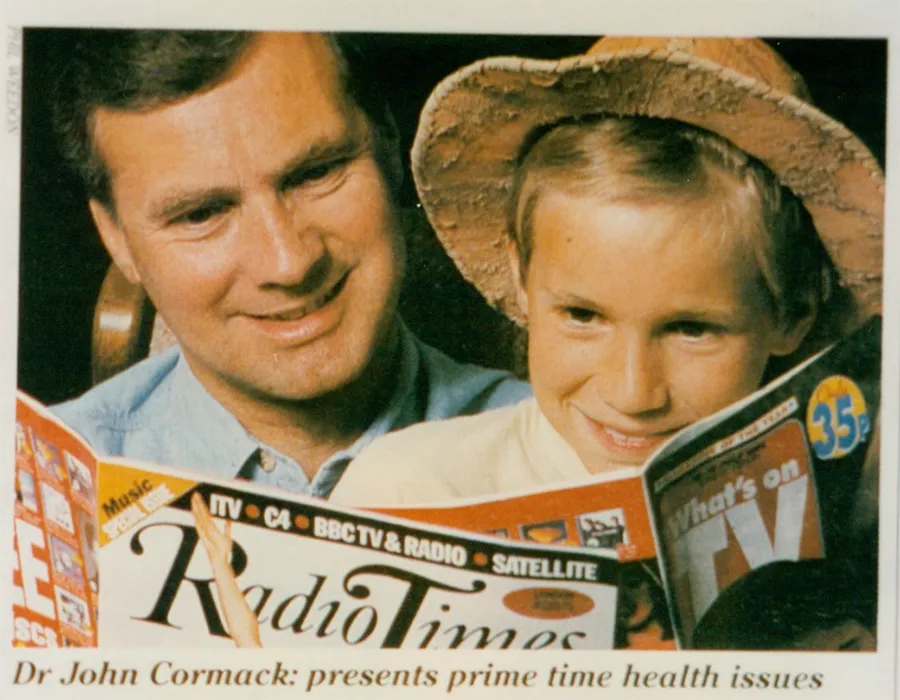Detailing the problems we encountered whilst trying to provide a half-way decent service to our patients makes it sound as if daily life was all doom and gloom. Fortunately the ‘day job’ was full of interesting challenges – and there were always patients who brightened our day. Here’s one example …
Doctors are supposed to make their patients feel better – but there are some patients who do the cheering up for us – you see their name on the morning surgery list and your heart skips a beat. Bridget Noctor was in her eighties but her eyes sparkled and her voice was pure nectar. I was so taken with her that I asked if I could record her.
We talked about the fact that, whilst we might bemoan the present state of the NHS, there were ways in which it was a whole lot better than healthcare in ‘the bad old days’ … particularly, in rural Ireland if you were unlucky enough to have a GP who was an alcoholic. Watch this and you’ll see what I mean.
In my spare time I amused myself by looking out for interesting local health stories. One such can be found on page 21 of ‘The Essex Family Historian’. “People born in Maldon between approx 1860 and 1945 were often subject to having brown discoloured teeth that were resistant to decay. This was eventually discovered to be caused by an excess of Fluoride in the water, peculiar to Maldon.
Prior to the mid 1800’s water was obtained from springs, such as the one that fed the Cromwell Pump, and also shallow wells. As the population increased, deep wells and boreholes were introduced, the two main sites being in Spital Road and Wantz Road. These were dug and bored over 250 ft deep, through the London clay which was 170 feet thick, into the chalk below. Between the clay and the chalk were the Thanet sands which were peculiar to this part of Essex, centred on Maldon, and contained high Fluoride levels in excess of 5.0 milligrams/litre. They extended under the Southend area and up to Mountnessing, but with lower levels of Fluoride, between 2 and 3 mg/l.”
Today, the level is much lower and falls below the UK’s legal limit of 1.5 mg/L, thanks to a mix of natural sources and water treatment processes. This is sufficient to significantly decrease the incidence of tooth decay (which is the main cause of hospital admissions for children aged 5 to 9 in the UK) without causing tooth discoloration. Even so there is still a certain amount of controversy about fluoride – as mentioned in a video featuring ‘Dr Idz’.
As for the goings on in SWF, there was a time limit on how long the PCT’s surgery could be run from portakabins so, as previously mentioned, the ‘New Surgery’ moved to the ground floor of the McCarthy & Stone building. The costly portakabins were eventually removed – and my grainy video diary records this in an excruciating slowly moving segment. One minute of it will give you the gist – but those whose hobby is watching paint dry (and those searching for a cure for intractable insomnia) might want to battle through to the end.
If this profligate waste of NHS funds (which come out of your pockets) was all there was to it we could just shrug our shoulders as this sort of thing is commonplace. We’ve all watched anxiously as HS2 costs have spiraled and we’re familiar with organisations that highlight examples of waste – such as DOGE UK and the TaxPayers’ Alliance. But this was not a ‘victimless crime’ – it had a tangible adverse effect. Every penny wasted was a penny less spent on patient care.
Dr John Cormack
